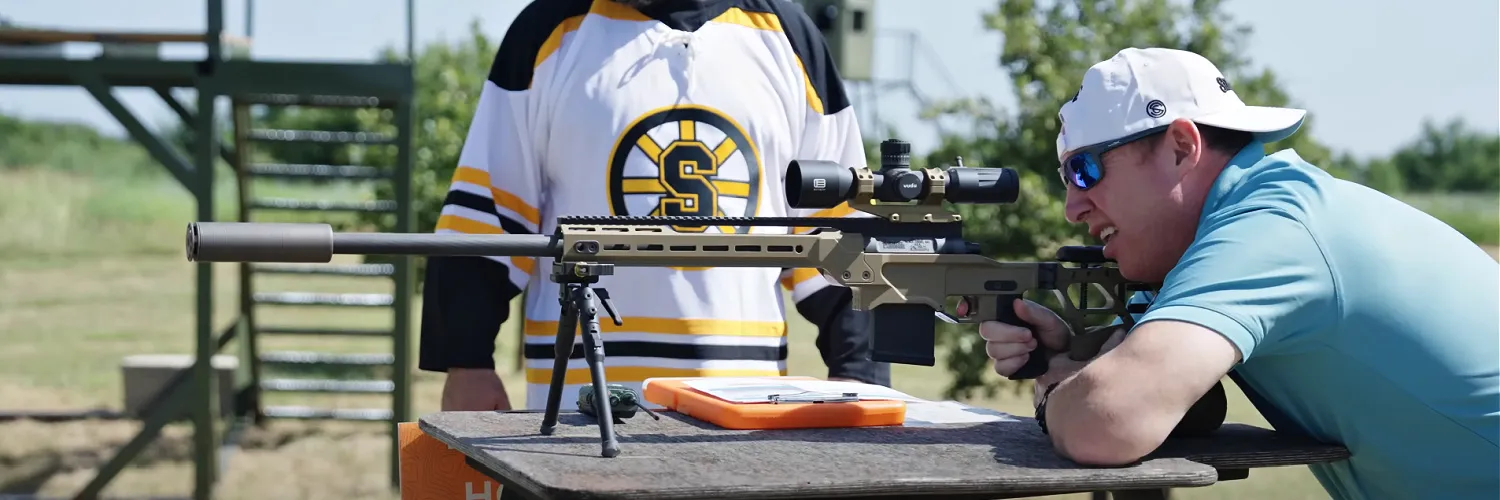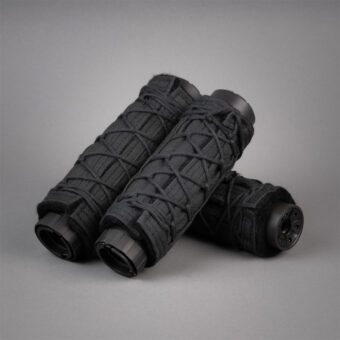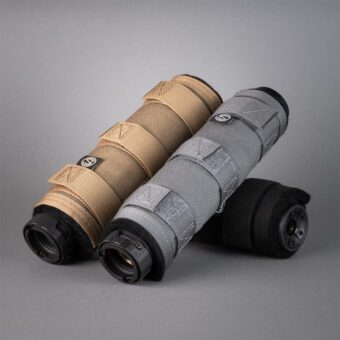What Is an SBR?
Jim Grant
Few guns have a greater utility and “cool-factor” than short-barreled rifles (SBRs); They’re handy, portable, lightweight, and make great suppressor hosts. However, the rules and regulations regarding them can be confusing to the uninitiated.
Given the cost, wait times, and potential gunsmithing involved in legally owning an SBR, you might be inclined to wonder why individuals want them in the first place. Overall, there are a myriad of reasons why a shooter both would and would not want an SBR. And while keeping your SBR (or non-SBR) legal might initially seem like a confusing and daunting task, with a little understanding of the law and the process to either register or keep your gun NFA-compliant is straightforward and simple.
The biggest hurdle is deciding if and which guns a shooter wants to SBR. Let’s dig in.
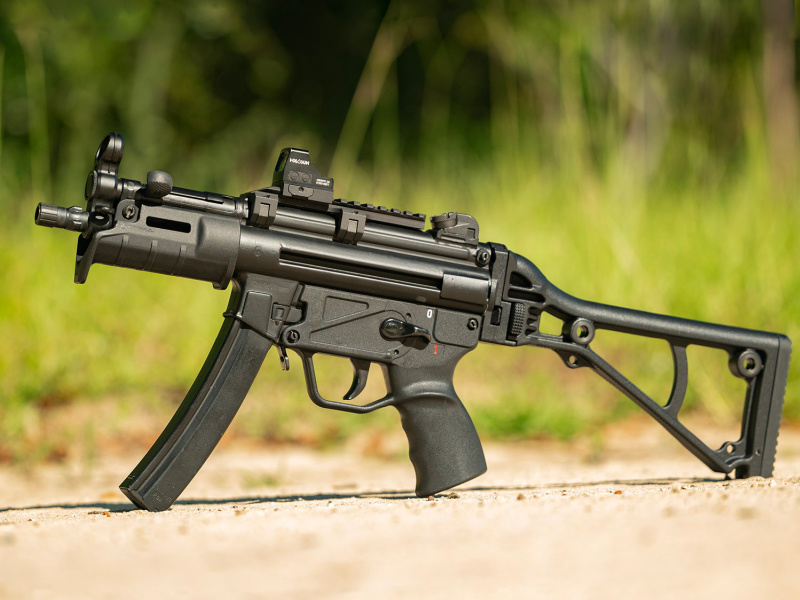
What is an SBR?
According to the ATF, SBRs are defined as a rifle having a barrel less than 16 inches in length. They fall under the regulations of the National Firearms Act (NFA) and require a special tax stamp and ATF approval for ownership.
That sounds pretty straightforward, but the devil is in the details, as they say. A rifle with a 14.5 inch barrel and a permanently attached muzzle device that measures 1.5 inches is considered a 16 inch barrel, which means it doesn’t qualify as an SBR. Likewise, a rifle with a short barrel lacking a stock isn’t considered an SBR either.
Another consideration to make is that the term SBR isn’t limited to the common or dictionary definition of a rifle. For instance, if a shooter attaches a stock to a handgun, the ATF considers that an SBR.
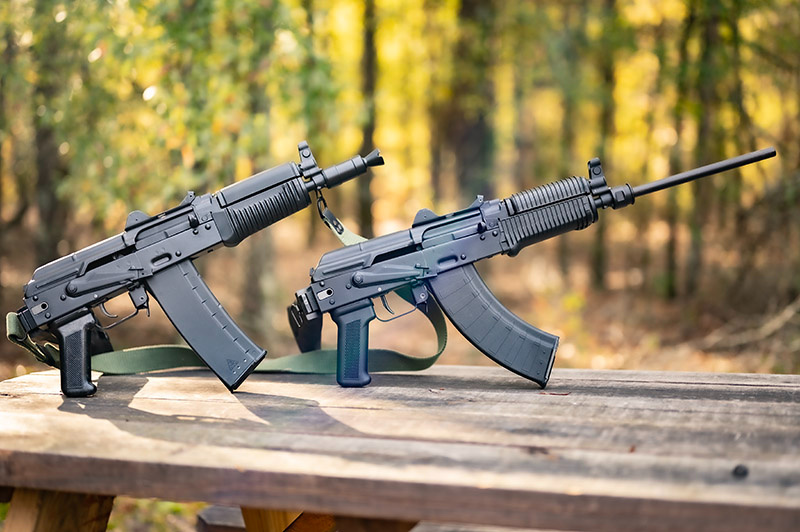
What are the benefits of an SBR?
There are actually several benefits, but the majority come down to ballistics, shootability, portability, ergonomics, and aesthetics.
Ballistics
Ballistics might seem counter-intuitive, but if we’re talking about suppressability, shorter barrels can keep the velocity of certain rounds subsonic. This in turn makes them vastly quieter to suppress.
A great example is an HK MP5. The civilian-legal, 9mm semi-automatic version of the German submachinegun can launch even the heaviest-grain rounds to well above supersonic velocities from a full-length 16-inch barrel. When the barrel is cut down to the factory-original eight inches, heavier projectiles won’t reach supersonic velocities, and this will eliminate the “crack” produced when the round breaks the sound barrier.
This same platform also benefits from an increase in shootability if the shooter purchased the gun as a pistol. Even though the gun has great iron sights and low recoil, without a shoulder stock to stabilize it, accurate shots past 20 yards become difficult.
Portability
Portability is self-explanatory. If someone wants to carry a rifle in a backpack for defense against wild animals while hiking, there’s no great way to conceal a 16-inch barreled M4 clone without hauling around a bulky case. But even in that instance, a full-sized rifle can be awkward to retrieve from a bag and maneuver as a large predatory animal is attacking.
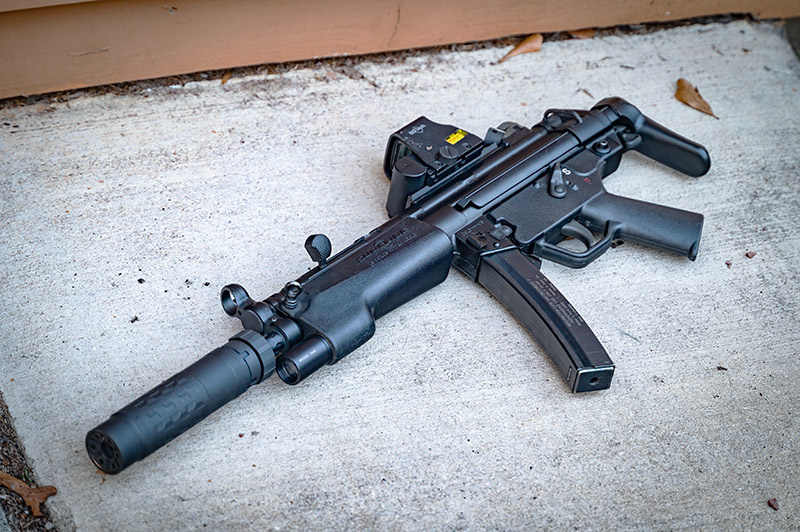
Ergonomics
As far as ergonomics are concerned, reducing the barrel length will shift the center of balance back towards the shooter making the gun less fatiguing to hold on target for long durations. This is especially true if the rifle has a suppressor on it, as that added weight hanging off the end of the muzzle can feel like a cinderblock on the end of a broomstick if the gun is otherwise lightweight and has a long barrel.
Aesthetics
Lastly, many guns look cooler with a shorter barrel. Sure this is subjective, but a 10.5-inch barreled AR-15 looks more tactical (tacticool) than a full-sized one.
What are the rules concerning SBR and modifications?
Modifications to firearms, particularly those approaching SBR classification, must adhere to strict regulations. For example, attaching a vertical grip to a rifle-caliber pistol transforms it into an unregistered “Any Other Weapon” (AOW) according to ATF standards. Conversely, attaching an angled grip remains legal.
Suppose a shooter decides they want to either convert their large-format pistol into an SBR or cut the barrel length down on their conventional carbine/rifle legally. In that case, there are a few relatively simple steps to follow.
- Fill out an ATF Form 1. This is a simple form that requires the shooter to list the gun’s serial number, barrel length, overall length, caliber, make, and model. When filling out this form, be extra careful to make sure you get every detail perfect. The ATF has historically declined Form 1’s for relatively simple mistakes.
- Once the Form 1 is filled out, the shooter has to attach either a check for $200 made out to the ATF or, if they’re using eForms, enter their credit card info. After that, sit back and relax — the average wait time for a Form 1 ranges from 30 days to seven months.
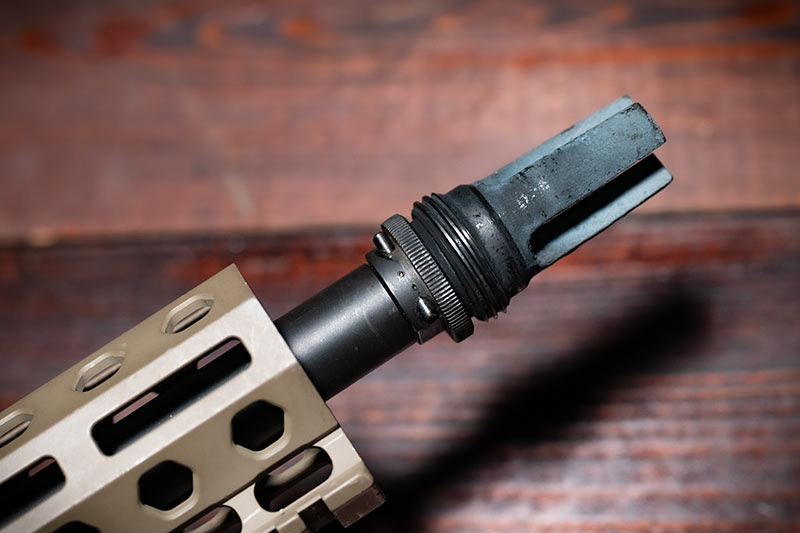
How To Attach a Muzzle Device To Qualify for Length
Converting pistols into non-NFA rifles or SBRs involves specific procedures. One option is to replace the barrel with a 16-inch one. Alternatively, attaching a muzzle device can extend the length to meet legal requirements. However, the attachment must be permanent, typically achieved through pinning and welding the device to the barrel. This process ensures compliance with ATF regulations regarding barrel length.
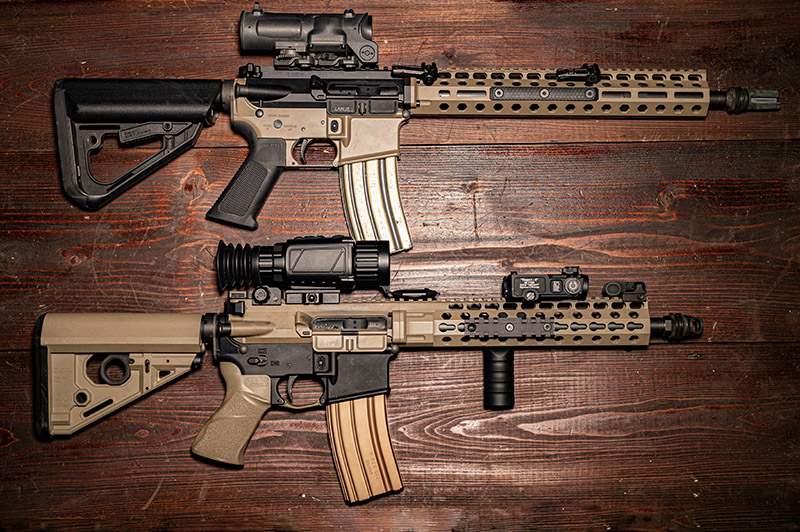
What about shooters who want to turn their large-format pistol into a non-NFA-regulated rifle? They essentially have two options: replace the barrel with a 16-inch one, or permanently attach a muzzle device to the gun that brings the length of the barrel to 16 or more inches.
Now, what exactly constitutes “permanently attached” might not be immediately clear according to the ATF’s standards. To meet the legal definition, muzzle devices must be both pinned and welded to the firearm’s muzzle. While the welded aspect is straightforward, the pinned aspect involves drilling a hole through both the muzzle device and the barrel, followed by grinding it down to a flush finish. Subsequently, the ends of the pin are welded to the muzzle device to ensure a secure attachment.
How to Report an SBR
To legally own an SBR, individuals must accurately fill out an ATF Form 1 before making it. This form requires details such as the firearm’s serial number, barrel length, overall length, caliber, make, and model. Alongside the form, a $200 fee payable to the ATF initiates the process. Wait times for approval can range from 30 days to seven months.
How to Buy an SBR
An individual who wants to buy an SBR must submit the ATF Form 4 just as they would do with the purchase of a suppressor. This form requires the person’s name, address, social security number, and specific details of the SBR. Along with that, fingerprint cards, passport-style photographs, and the $200 tax stamp fee are required.
Is it worth the work to own an SBR?
In short, yes. An SBR offers all the benefits of a more compact firearm and by registering it, you’re in good legal standing regardless of political changes over time.
While the legalities might seem overwhelming at first glance, rest assured that staying on the right side of the law is well within reach. With a bit of know-how about the regulations and the registration process, you’re well on your way.



